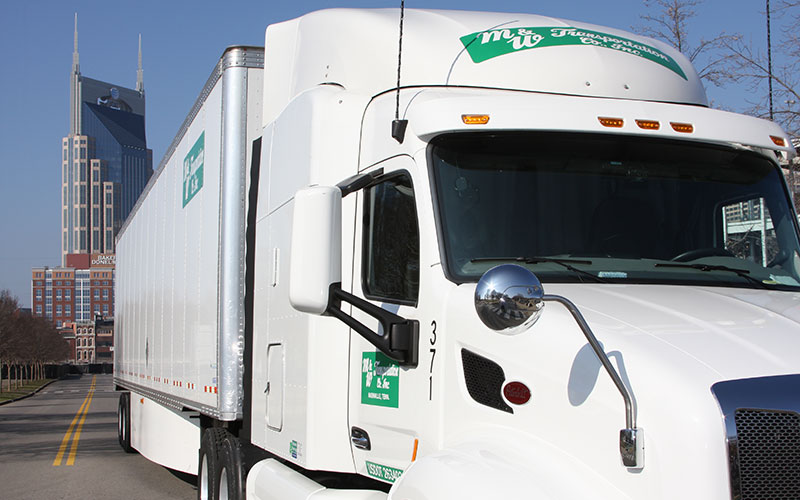What is the 11-hour Rule?
If you’ve heard of the 11-hour rule in trucking, you may be a bit confused about exactly how it works. Technically, there are multiple “hour rules”: the 11-hour rule, the 14-hour rule and the 70-hour rule, but we’ll only cover the 11-hour rule here. According to the law, truckers are only allowed to drive 11 hours out of every 24, before they must take a 10-hour break. Here’s what that means from a practical perspective.
Time Spent Working or Driving
One of the main sources of confusion is whether or not drivers are able to work past the 11th hour, and the answer is “It depends”. Let’s take a for-instance: you begin your pre-trip prep at 9 am, which means you have exactly 14 hours from the time you started work at 9 am, until 11 pm when you must be at your final destination and have completed your post-trip work. Of those 14 hours, you are eligible to drive exactly 11 of them. However, if you start at 9 am and don’t get loaded and on the road until 1 pm, then you only have 10 legal driving hours in that 24-hour period. You absolutely must take a 10-hour rest before the clock resets and you can start again.
Safe Driving Requirements
While the law may seem prohibitive, it truly is in the best interests of both the trucker and the public. Most people are able to drive safely for up to 11 hours per 24-hour period before they become extremely fatigued — which can lead to poor decisions and dangerous road conditions. The 11-hour rule is intended to keep everyone safe on the road.
At M&W Transportation, we want our teams to err on the side of caution and always think safety first. Learn more about the wonderful opportunities available in the trucking industry or apply online today. We are actively recruiting for a variety of different positions!

